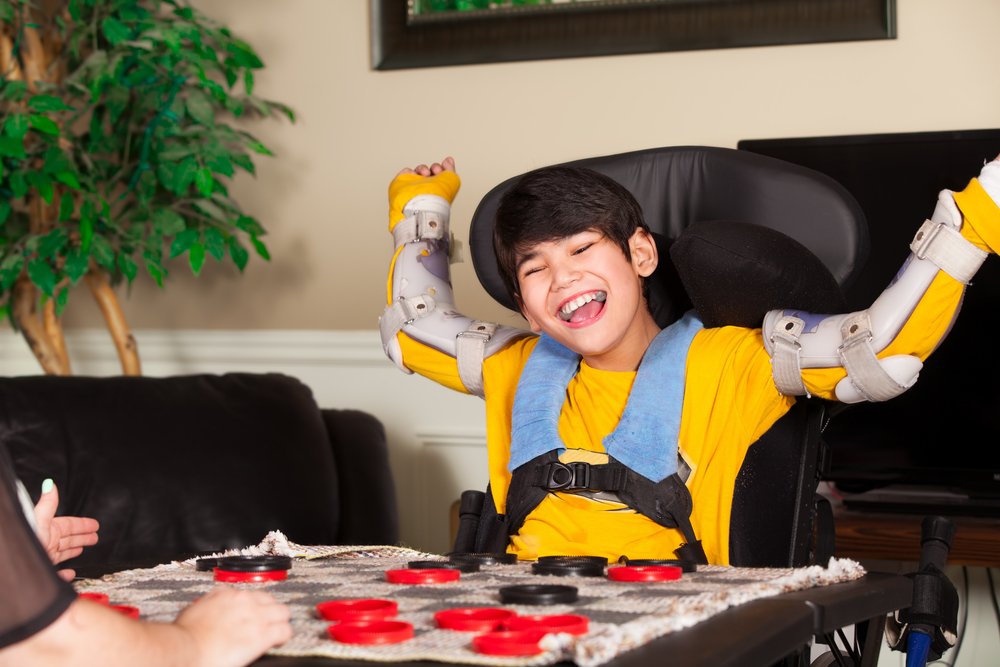Classification of Difficulties in Dyskinetic CP Patients Can Improve Disease Management

Assessment of people with dyskinetic cerebral palsy (CP) — dominated by involuntary, uncontrolled, and stereotypical movements — should include a classification for eating and drinking as well as speech difficulties, a recent study concluded.
Understanding how the main symptoms of dyskinetic CP relate to measurements of functional aspects can help in the development of better interventions, the research team at KU Leuven in Belgium argued.
The study, “Functional outcomes in children and young people with dyskinetic cerebral palsy,” was published in the journal Developmental Medicine & Child Neurology.
In the management of CP, various classification scales are crucial tools — they allow physicians to understand the aspects of disability. Three scales are extensively used: the Gross Motor Function Classification System (GMFCS), the Manual Ability Classification System (MACS), and the Communication Function Classification System (CFCS).
More recently, the Eating and Drinking Ability Classification System (EDACS) and the Viking Speech Scale (VSS) have joined the others.
But none of the scales have been extensively studied in dyskinetic cerebral palsy.
Dyskinetic CP is one of the main types of the disease, affecting 10 to 15 percent of CP patients.
Researchers have determined differences between the various types of involuntary movements in cerebral palsy. Dystonia, the scientific name for muscle contractions causing twisting and repetitive movements and abnormal postures, is one of the main abnormal movements present in this CP type.
Choreoathetosis is really a combination of two types of movements: the rapid, jerky, and often fragmented ones seen in chorea, and the slower, constantly changing, writhing movements classified as athetosis. Dystonia and choreoathetosis are often present simultaneously in a patient.
To understand how these symptoms impact the classification systems, researchers recruited 55 children and young people with dyskinetic CP. Children were younger than 15 years, and young people were 15-22 years old.
More than half the group had the highest limitation when assessed for gross motor function, manual ability, and speech. Eating and drinking, as well as communication evaluations, indicated lower levels of impairment.
The research team noted that the various scales corresponded well with each other. Except for the communication scale, all also corresponded well with the severity of dystonia.
When looking at choreoathetosis, only manual ability and the eating and drinking classification — in the 15-22 year-old patients — correlated with symptoms. In children, researchers did not observe any links between choreoathetosis and classification scales.
The findings suggest that, as children with dyskinetic CP age, choreoathetosis has a larger influence on manual ability and eating and drinking.


